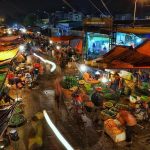VAN PHUC SILK VILLAGE: A POPULAR TOURIST ATTRACTION IN THE MIDDLE OF HANOI
Traditional silk weaving village for thousands of years
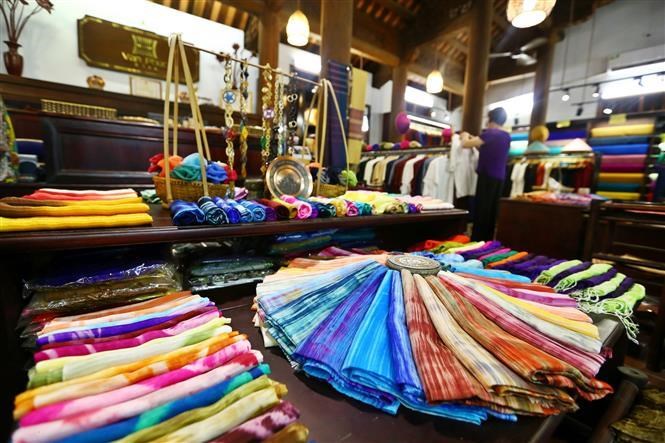
Source: sodulich.hanoi.gov.vn
Van Phuc silk village (also known as Ha Dong silk village) is located in Van Phuc ward, Ha Dong district, more than 10 km from Hanoi center. Having existed for more than a thousand years, the village is one of the most beautiful and famous silk weaving villages in Vietnam.
Guide to Van Phuc silk village
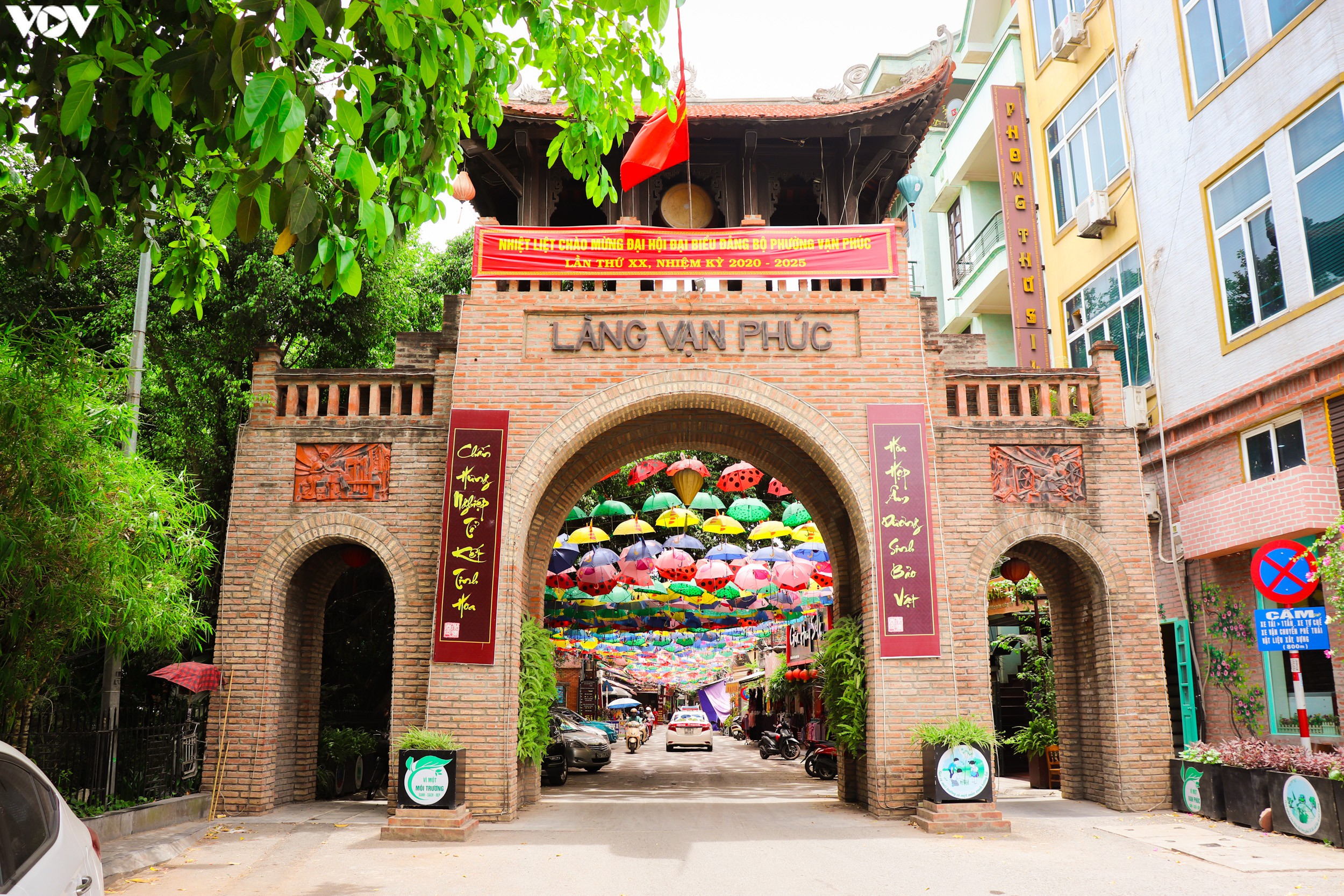
Source: Collected
From the center of Hanoi, you can go to Van Phuc silk village via Nguyen Trai street, turn right to Ha Dong post office, or follow the Le Van Luong – To Huu route. Although the urbanization process is taking place rapidly here, Van Phuc silk village still more or less retains its ancient beauty.
History of Van Phuc silk village
Van Phuc silk village was formerly called Van Bao, but due to the Nguyen family’s taboo, it was changed to Van Phuc. In 1931, Van Phuc silk was first introduced to the international market at the Marseille fair and was considered by the French to be the most sophisticated product of Indochina. By 1958, Van Phuc silk was exported to Eastern European countries and is now popular in many countries around the world.
Over many generations, Van Phuc silk still retains its traditional beauty and is at the forefront of our country’s textile industry. Van Phuc village silk is considered beautiful and durable. Patterns on silk are very diverse, decorated symmetrically with each other, the lines are not cumbersome or complicated but always create a feeling of openness and decisiveness.
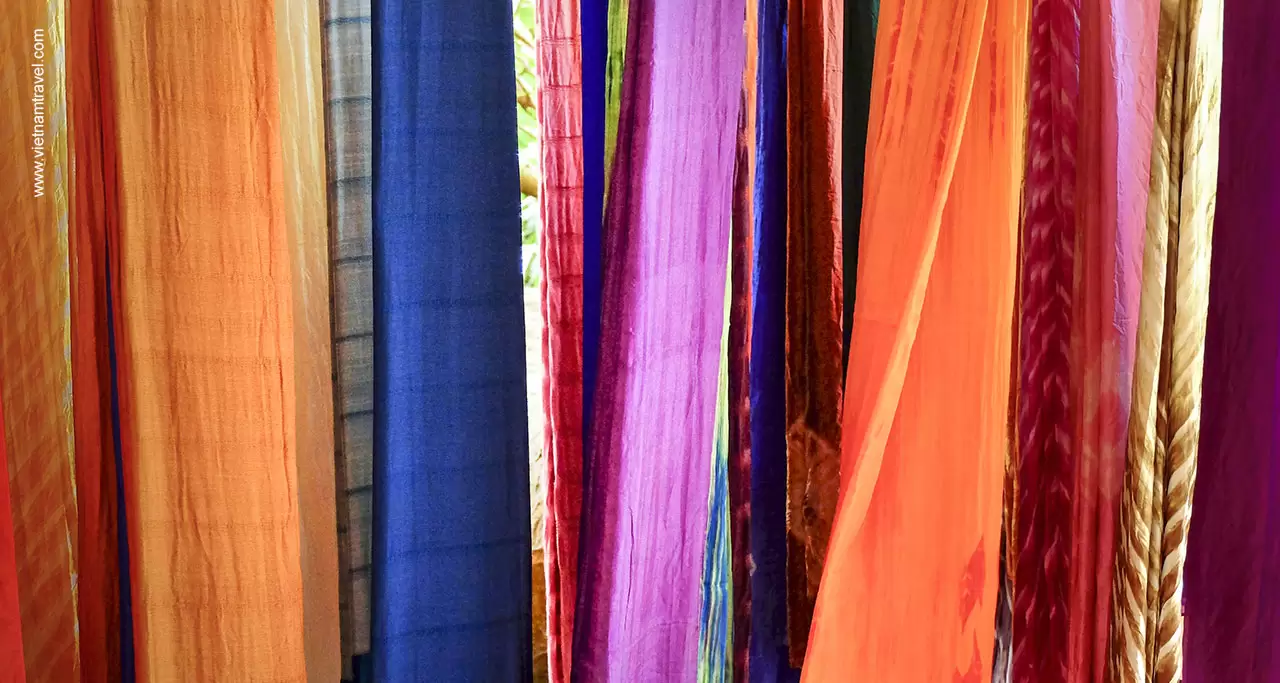
Source: Collected
The raw materials for making Van Phuc silk are mainly silk because of its softness and flexibility. To create perfect silk products, artisans must go through many elaborate stages such as silk, starching, weaving, dyeing, drying… At any stage, artisans must be extremely careful. , always on duty to monitor even when the process requires machines to perform.
Van Phuc silk has many diverse designs. Patterns have four types: animals, plants, objects, and graphics. Among traditional silks, the most famous is Van silk. This type of silk has embossed flowers that are smooth and shiny on the surface of the silk, while hidden flowers are only visible when exposed to light.

Source: Collected
Currently, in the village there are still nearly 300 households weaving and trading silk products. Most businesses and households are operating at full capacity to meet market demand. Each year, the village produces about 2.5 to 3 million square meters of fabric, accounting for 63% of the entire craft village’s revenue.
Although there are currently many types of silk of poor quality imported from China, greatly affecting the reputation and quality of Van Phuc silk, the people here are still trying and taking care to create silk. best products and reaffirm its position.
Innovation to attract tourists
Along with preserving and developing the traditional silk weaving village, Van Phuc silk village is gradually innovating, becoming a tourist destination to keep pace with market demand for products as well as the need to explore, have fun, learn about tourists’ craft villages.
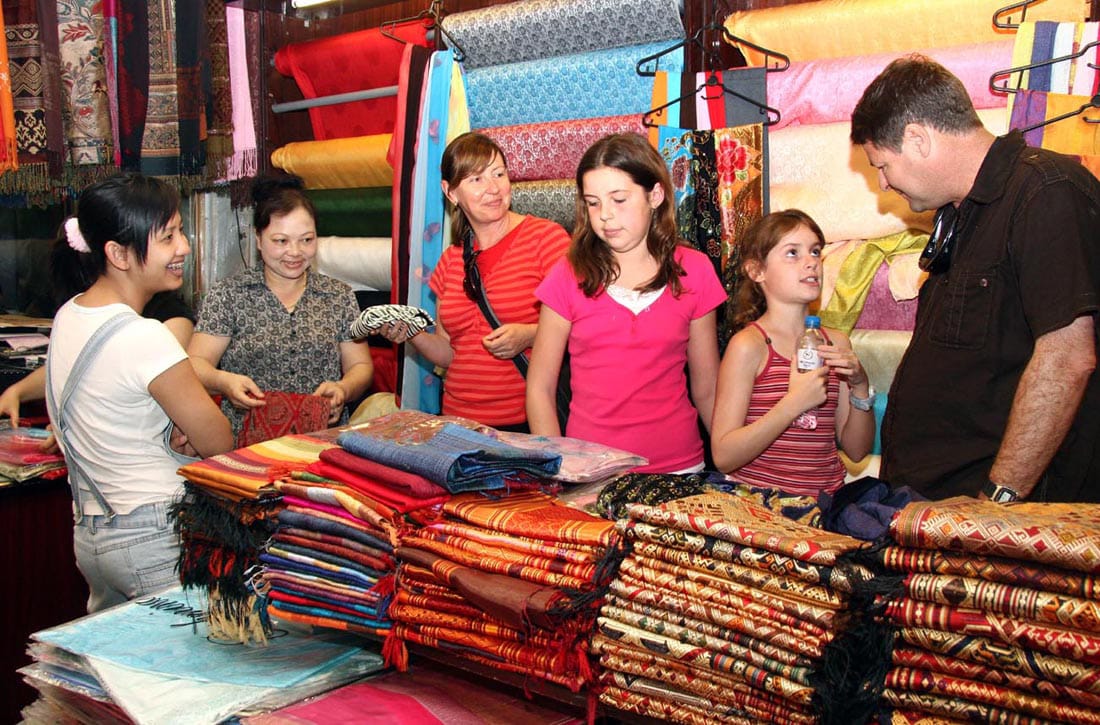
Source: Collected
Coming to Van Phuc silk village at this time, visitors will witness the rapid change of the craft village with a more civilized and dynamic image. On weekends, Van Phuc silk village welcomes many tourists to visit and take photos.
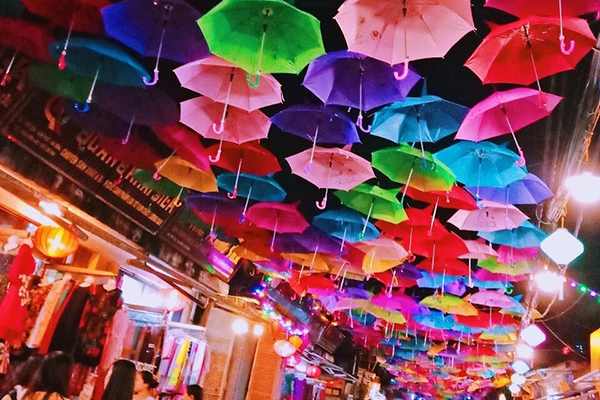
Source: Collected
As soon as they pass through the village gate, visitors will see the walking path decorated with colorful umbrellas. Along both sides of the walkway are shops close together, displaying and selling products such as scarves, ao dai, bags, clothes… with a variety of designs for visitors to choose from. If you want to wear an ao dai to take photos, the stores also have ao dai rental services.
Attractions in Van Phuc silk village that tourists can visit include: Van Phuc Pagoda, ancestral temple, Van Phuc temple, Van Phuc silk conservation center, ornamental biology center, antique and antique street, the memorial house of President Ho Chi Minh or the colorful mural road in front of the village communal house yard.
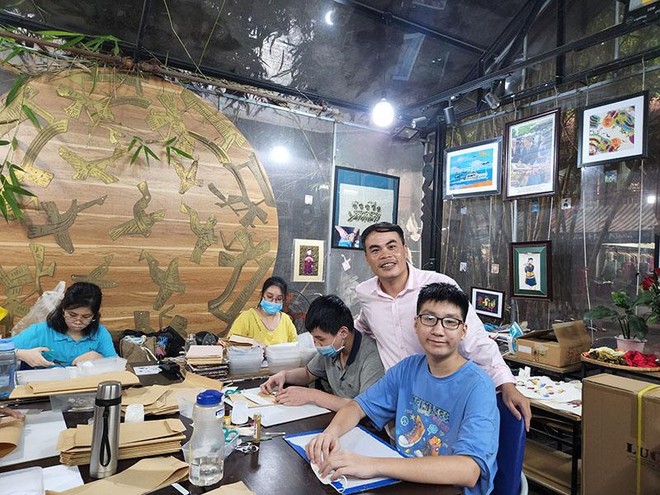
Source: Collected
In addition, visitors can also visit the weaving and dyeing workshops located behind the Van Phuc silk market to learn about the silk weaving process, directly interact with craftsmen or try to experience some of the steps in producing products. In particular, coming to the village, visitors also have the opportunity to experience making paintings from scrap fabrics at the Vụn Art Cooperative – where people with disabilities are working here.














